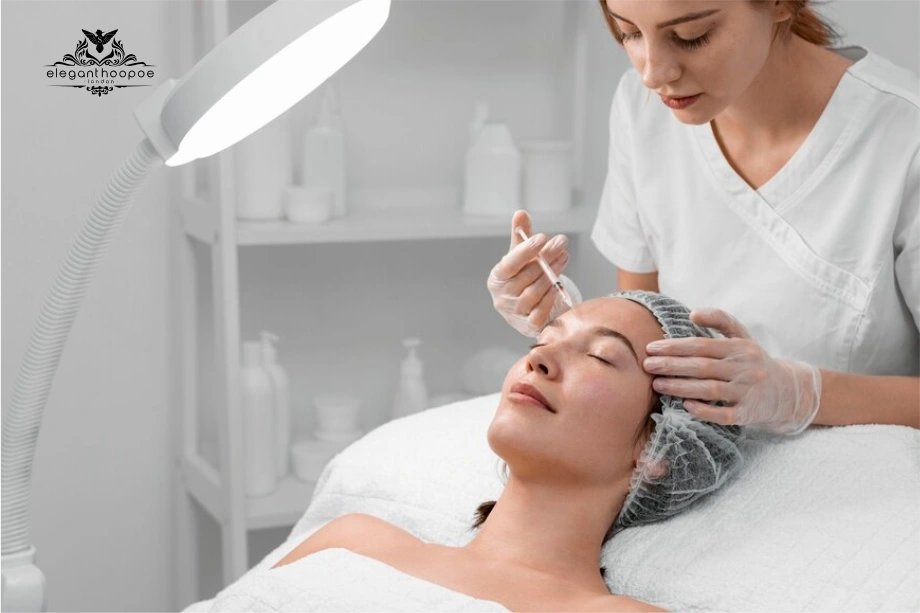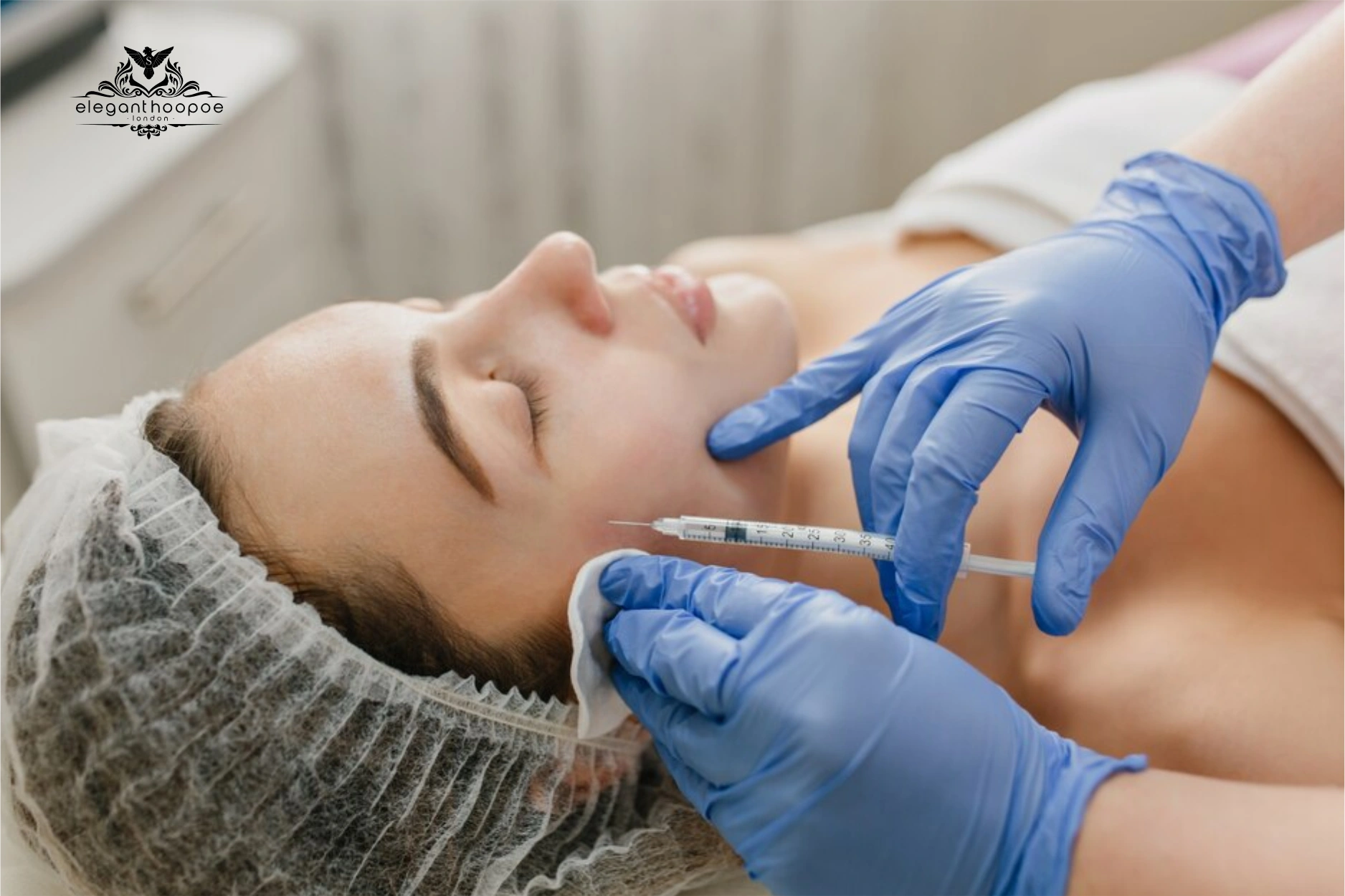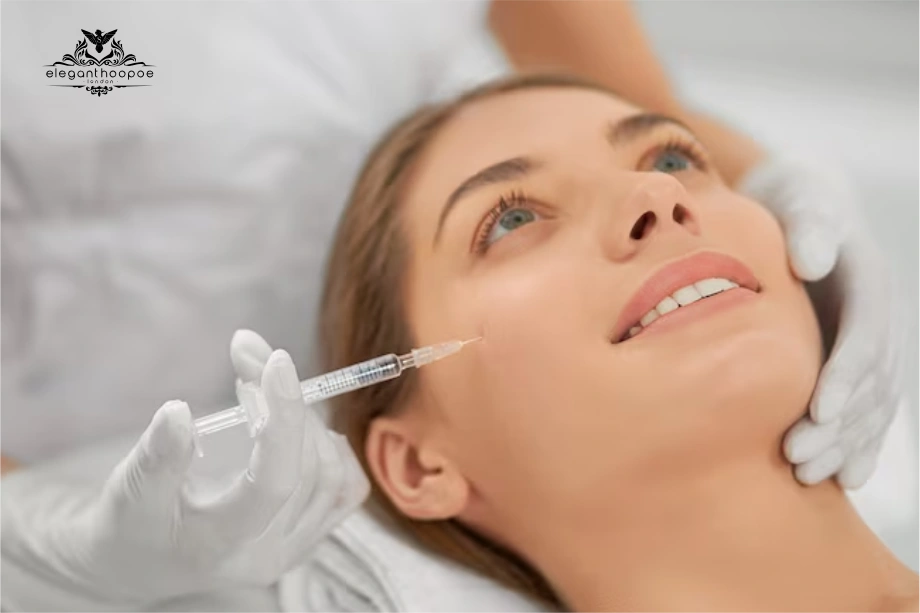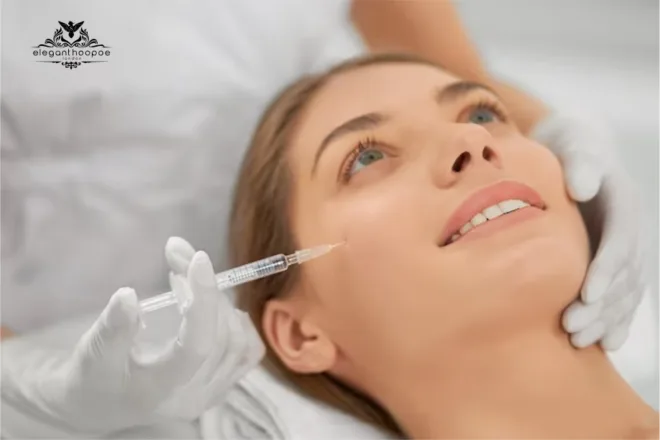What Are the Botox After Effects and How Can You Manage Them?
Wondering what the Botox after effects are and how to handle them? Here’s what you need to know:
Common immediate effects: mild redness, swelling, bruising, and tenderness at injection sites
Timeline of results:
Days 1–3: Little visible change
Days 4–7: Wrinkles begin to soften
Days 10–14: Full results appear
Temporary side effects: headache, flu-like symptoms, or rare eyelid drooping
Aftercare tips: avoid rubbing, stay upright for 4 hours, limit physical activity, and apply cold compresses
By following proper aftercare, most Botox after effects are mild and short-lived—leading to smoother, younger-looking skin in just a couple of weeks.
Botox, a purified form of botulinum toxin type A, has become a cornerstone in cosmetic procedures aimed at reducing facial wrinkles and achieving a more youthful appearance. While the long-term benefits of Botox are well-documented, many individuals express concerns about their initial appearance following treatment. Therefore, this article delves into the immediate effects of Botox, common side effects, the timeline of results, and strategies to manage and mitigate any adverse reactions.

Understanding Botox: Mechanism of Action
Botox works by blocking nerve signals to specific muscles, leading to temporary muscle paralysis. This inhibition prevents the muscles from contracting, thereby reducing the appearance of dynamic wrinkles—those formed from repetitive facial movements such as frowning or squinting. The effects are not permanent, typically lasting between three to six months, after which muscle activity gradually resumes.
Immediate Botox Post-Treatment Effects
After receiving Botox injections, patients may notice several immediate, albeit temporary, effects:
Redness and Swelling
The injection process can cause minor redness and swelling at the injection sites. These reactions are common and generally subside within a few hours to a couple of days. Applying a cold compress can help reduce these symptoms.
Bruising
Bruising occurs when small blood vessels are punctured during the injection, leading to discoloration. This is more likely in areas with thinner skin, such as around the eyes. Bruising typically resolves within one to two weeks.
Tenderness
Some individuals may experience mild tenderness or discomfort at the injection sites. This sensation is usually short-lived and can be managed with over-the-counter pain relievers, if necessary.

Botox After Effects Timeline
Understanding the progression of Botox’s effects can help set realistic expectations:
Days 1-3: Initial Phase of Botox After Effects
During the first few post-injection days, most individuals do not observe significant changes in their facial appearance. The neurotoxin begins to take effect, but muscle relaxation is not yet apparent.
Days 4-7: Onset of Results
Between the fourth and seventh days, patients typically start to notice a softening of facial lines as the targeted muscles begin to relax. This gradual onset is due to the time required for Botox to inhibit neurotransmitter release effectively.
Days 10-14: Full Effects After Botox
By the tenth to fourteenth day, the full effects of Botox generally appear. Treated areas exhibit a noticeable reduction in wrinkles, resulting in a smoother and more youthful appearance. At this stage, patients can accurately assess the outcome of their treatment.
Common Initial Side Effects of Botox
While Botox is considered safe, some individuals may experience side effects in the initial days following treatment:
Headaches
Mild headaches can occur post-treatment and usually resolve within 24 to 48 hours. Staying hydrated and resting can help alleviate this discomfort.
Flu-like Symptoms
Some patients report transient flu-like symptoms, including fatigue and mild fever. These symptoms are typically short-lived and do not require medical intervention.
Eyelid Drooping (Ptosis)
In rare cases, Botox can migrate from the injection site, leading to temporary eyelid drooping. This side effect can last a few weeks but will resolve as the effects of Botox diminish.

Managing Botox After Effects and Post-Treatment Appearance
To optimize results and minimize adverse effects, consider the following post-treatment guidelines:
Avoid Rubbing or Massaging Treated Areas
Refrain from touching or massaging the injection sites for at least 24 hours to prevent the unintended spread of Botox to adjacent muscles.
Stay Upright to Reduce Botox After Effects
Avoid lying down for three to four hours post-injection to allow the Botox to settle into the targeted muscles properly.
Limit Physical Activity
Engaging in strenuous exercise within 24 hours post-treatment can increase the risk of bruising and swelling. It’s advisable to resume intense physical activities gradually.
Apply Cold Compresses
Gently applying ice packs to the treated areas can help reduce swelling and discomfort. Ensure to wrap the ice in a cloth to prevent direct contact with the skin.

Long-Term Considerations
With repeated Botox treatments, some individuals may notice prolonged benefits, such as sustained wrinkle reduction and improved skin texture. However, overuse can lead to muscle atrophy, resulting in a less natural appearance. It’s crucial to follow a treatment plan tailored to individual needs and to consult with a qualified healthcare provider to determine appropriate injection intervals.
Related article: Can Botox Cause Hair Loss?
Botox After Effects: Conclusion
While Botox treatments aim to enhance facial aesthetics by reducing wrinkles, it’s essential to understand that initial post-treatment appearances may include mild redness, swelling, or bruising. These effects are typically short-lived, and noticeable improvements in skin smoothness generally become evident within the first week, with full results appearing by two weeks. By adhering to recommended aftercare practices and maintaining realistic expectations, patients can achieve satisfying outcomes from their Botox treatments.
References
PubMed Central (PMC)-The whole truth about botulinum toxin – a review
American Society of Plastic Surgeons-What are the risks of botulinum toxin injections?







